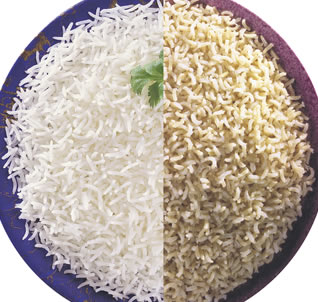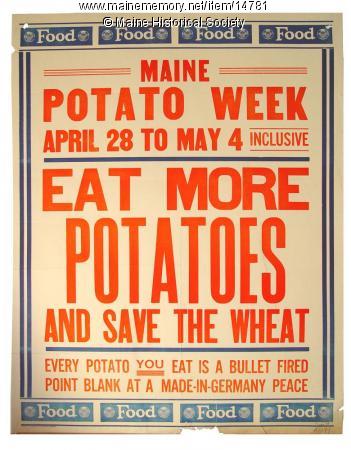Success stories like Shaina — and those of celebrities like Al Roker and Star Jones — might make bariatric surgery look easy. It’s not. In fact, doctors are so concerned that teens might have unrealistic expectations that they require extensive presurgery evaluation and lifestyle changes to ensure that teens understand the serious risks, are dedicated to overhauling their health, and don’t take the procedure lightly.
Surgery usually requires preliminary weight loss and then a strict postsurgical regimen of dietary changes, vitamins, and exercise. If the teen and his family aren’t fully committed, the results can evaporate quickly or fail to materialize in the first place.
“We worry a lot if we have a child who thinks the surgery is going to be a magic fix,” says Eleanor Mackey, Ph.D., a clinical psychologist at the Obesity Institute at Children’s National Medical Center, who evaluates young people considering the surgery.
Fat Thanks to Sona S. for the tip!
Surgery is no quick fix for obese teens – CNN.com



